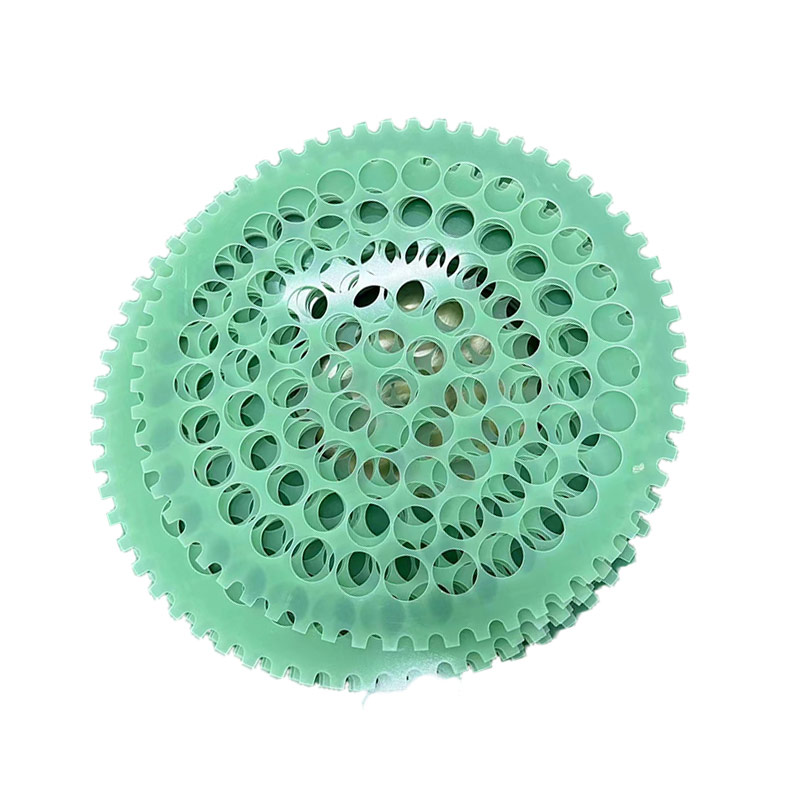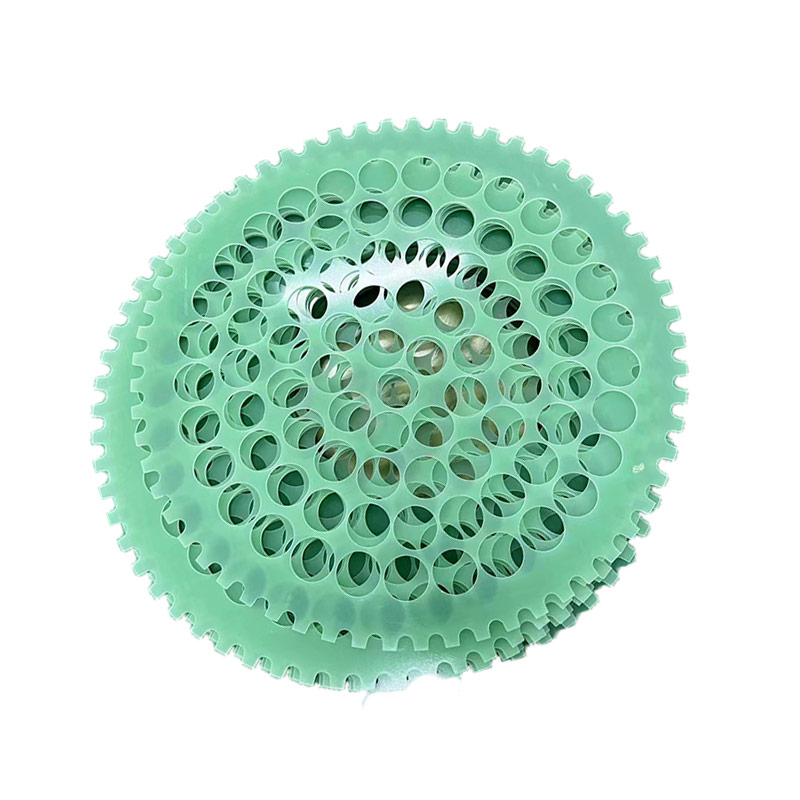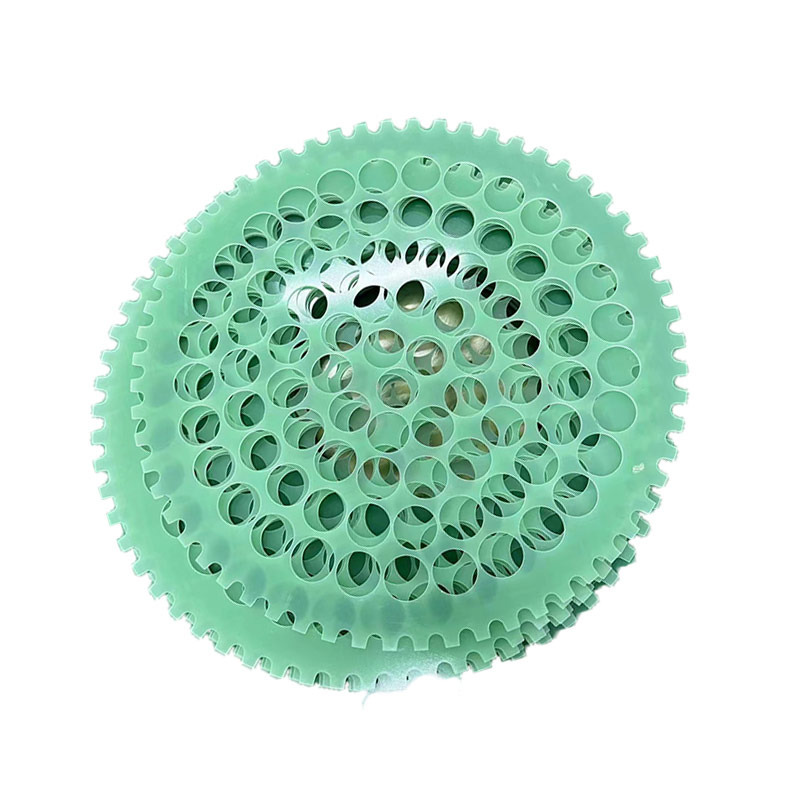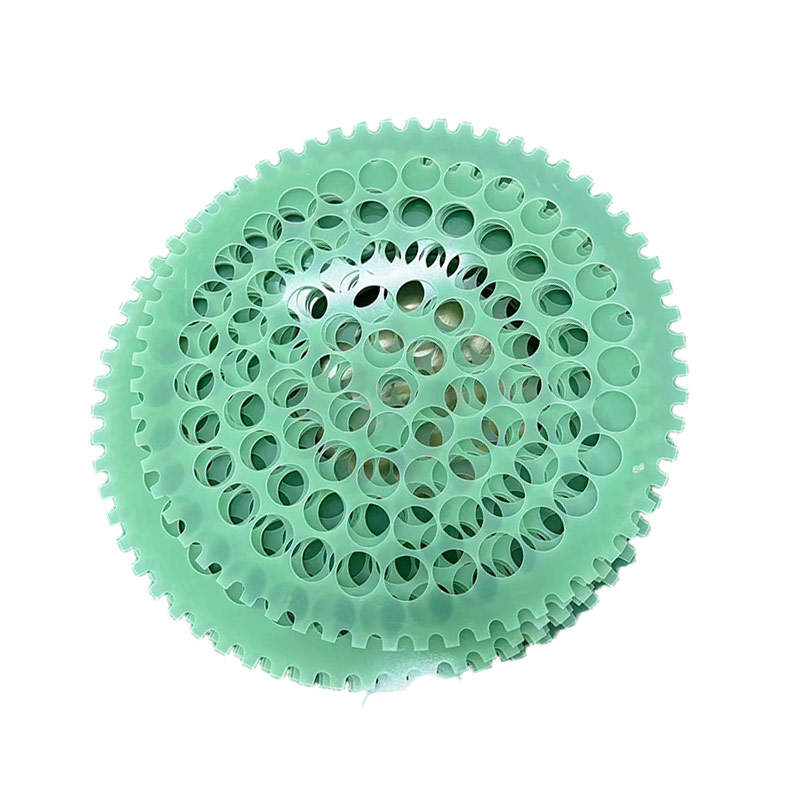G10 Epoxy Resin Glass Sheet for Electronics
Please click the button below to contact us.
Introduction:A high pressure laminate material composed of glass cloth impregnated with epoxy resin binder is G10 Epoxy Resin Glass Sheet for Electronics. It is famous for its toughness, electrical insulation properties, and resistance to chemicals, moisture and heat.
Product Description
G10 Epoxy Resin Glass Sheet for Electronics is a high-performance material made of epoxy resin and glass fiber cloth. Its excellent insulation, mechanical strength and chemical resistance make it an indispensable insulating substrate in electronic equipment. G10 epoxy resin glass fiber sheet is made by impregnating multiple layers of glass fiber cloth with epoxy resin and laminating them under high temperature and high pressure. This material combines the high strength of glass fiber with the insulation of epoxy resin to form a lightweight, high-strength, high-temperature resistant composite material.

G10 Epoxy Resin Glass Sheet for Electronics Parameters:
| Indicator Name | Unit | Indicator Value | |
| Density | g/cm³ | 1.8 – 2.0 | |
| Water absorption | % | ≤ 0.5 | |
| Vertical layer bending strength | MPa | ≥ 340 | |
| Vertical layer compression strength | MPa | ≥ 350 | |
| Parallel layer impact strength (simple beam method notch) | K J/m² | ≥ 37 | |
| Parallel layer shear strength | MPa | ≥ 34 | |
| Tensile strength | MPa | ≥ 300 | |
| Vertical layer direction electric strength (90 ℃± 2 ℃ in oil) | 1mm | KV/mm | ≥ 14.2 |
| 2mm | ≥ 11.8 | ||
| 3mm | ≥ 10.2 | ||
| Parallel layer direction breakdown voltage (90 ℃± 2 ℃ in oil) | KV | ≥ 40 | |
| Dielectric loss factor (50 Hz) | – | ≤ 0.04 | |
| Insulation resistance | Normality | Ω | ≥ 5.0 × 1012 |
| After immersed in water for 24h | ≥ 5.0 × 1010 | ||
| Flammability (UL-94) | Level | – | |
Features
Material composition and performance
Epoxy resin: provides excellent insulation and adhesion, and forms a stable thermosetting structure after curing;
Glass fiber: enhances the mechanical strength and heat resistance of the material, giving the material high tensile strength;
Composite process: The two are combined through lamination technology to form a uniform and dense material structure.
Functional characteristics
Insulation: high dielectric strength (≥14.2 kV/mm), suitable for high-voltage environment;
Mechanical properties: high strength (bending strength ≥350 MPa), high hardness, strong impact resistance;
Heat resistance: heat resistance grade F (155℃), long-term working temperature range -100℃ to 130℃;
Chemical resistance: good tolerance to acids, alkalis, solvents, etc.;
Dimensional stability: low water absorption (≤0.25%), minimal dimensional change under temperature and humidity changes.
Technical process
Raw material selection
Select high-purity electronic grade glass fiber cloth to ensure the insulation and mechanical strength of the material;
Use heat-resistant epoxy resin to improve the high temperature resistance of the material.
Manufacturing process
Impregnation: Impregnate the glass fiber cloth into epoxy resin to ensure full penetration of the resin;
Lamination: Laminate multiple layers of impregnated glass fiber cloth under high temperature and high pressure;
Curing: Curing at a specific temperature to form a stable thermosetting structure.
Quality Control
Strictly test the insulation, mechanical strength and chemical resistance of materials;
Ensure that the products meet the UL94V-0 flame retardant standard.
Application Fields
Electronic Industry
Printed Circuit Board (PCB): As a substrate, it provides stable electrical insulation and mechanical support;
Insulating components: Used in transformers, high-voltage switchgear, motors and other equipment to ensure the safety of power transmission;
Drilling pads: In PCB manufacturing, it is used as drilling positioning and support materials to improve processing accuracy.
Aerospace
Structural components: Lightweight and high-strength structural parts used in aircraft and spacecraft, such as partitions and brackets;
Insulating materials: Provide reliable electrical insulation under high temperature and high pressure environments.
Automotive Industry
High-temperature resistant parts: Used to manufacture parts in high temperature environments such as engines and transmissions;
Electrical insulation: In automotive electrical systems, it is used as insulating materials to protect circuit safety.
Mechanical Engineering
Precision gears: Used to manufacture high-precision gears, such as planetary gears, grinding gears, etc.;
Test plates: As a substrate for precision testing equipment, it ensures the accuracy of test results.
Chemical Industry
Corrosion-resistant parts: used to manufacture equipment parts that are resistant to acid, alkali and other corrosive media, such as pipes, valves, etc.
New Energy Field
Wind power equipment: used to manufacture splicing glue and blade composite materials for wind power towers to improve the durability and efficiency of equipment;
Photovoltaic equipment: as the insulating substrate of photovoltaic modules, to ensure the safety of power transmission.
Care and Maintenance
Use Environment
Avoid long-term exposure to high temperature, high humidity or strong acid and alkali environments;
Prevent mechanical damage and chemical corrosion during transportation and storage.
Cleaning and Maintenance
Use neutral detergent to clean the surface, avoid using strong acids, strong alkalis or organic solvents;
Regularly check the insulation performance and mechanical strength of the material, and replace it in time if cracks or deformation are found.
Installation Precautions
During the installation process, avoid excessive bending or impact to prevent damage to the internal structure of the material;
Ensure that the installation environment meets the material's temperature resistance, pressure resistance and other performance requirements.
FAQs
Q: What electronic equipment is G10 epoxy resin fiberglass board suitable for?
A: It is suitable for high-voltage equipment such as transformers, high-voltage switchgear, motors, and electronic equipment that requires high insulation and mechanical strength.
Q: What is the temperature resistance range of the material?
A: It is suitable for a wide temperature range of -100℃ to 130℃, and special treatment is required in extreme environments.
Q: Will the insulation performance of the material decrease over time?
A: Under normal conditions, the insulation performance of the material is stable; but if it is exposed to high temperature, high humidity or strong corrosion environment for a long time, the performance may gradually decrease.
Q: How to choose the right G10 epoxy resin fiberglass board?
A: Choose the appropriate thickness, size and performance parameters according to the application scenario. It is recommended to consult a professional supplier to obtain a customized solution.
Q: Does the material meet environmental protection standards?
A: It complies with international environmental protection standards such as RoHS and is suitable for export electronic equipment.
Q: How to reduce material costs?
A: Reduce material usage by optimizing the design, or choose more cost-effective domestic materials to replace imported materials.





